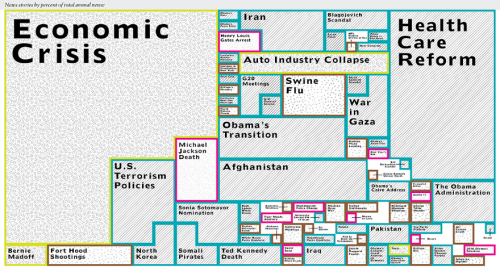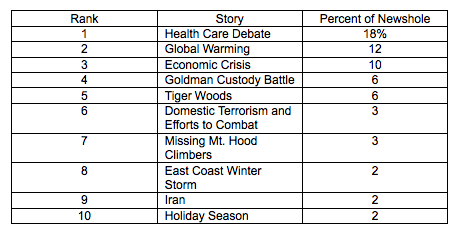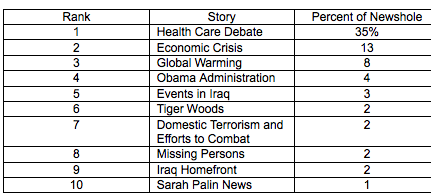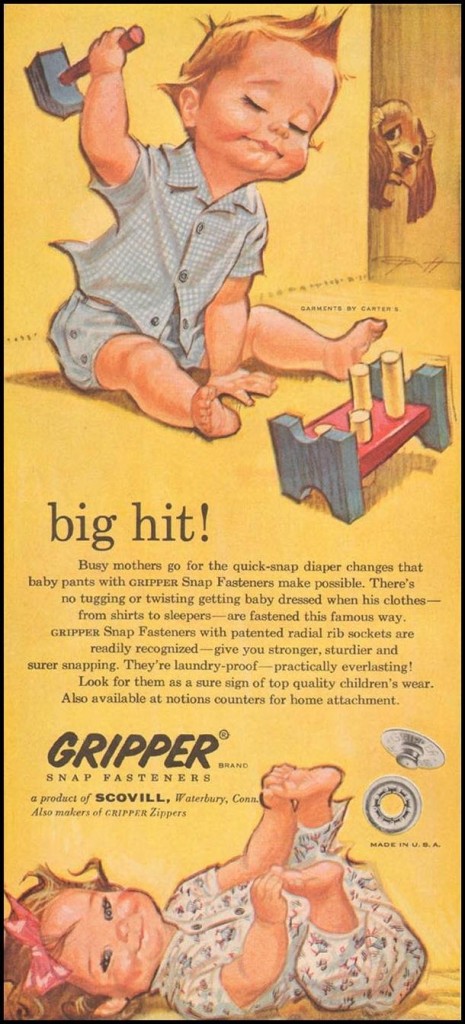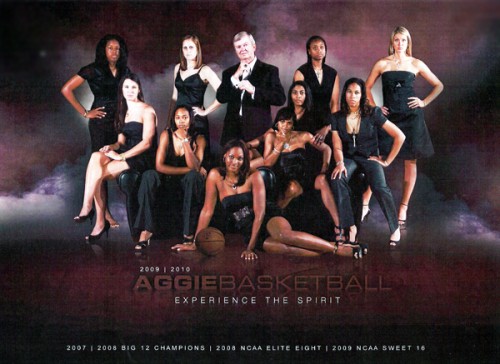NEWS:
1. If you’re following us on Facebook, you might have noticed that we’ve begun updating our status with a “featured post” each day. We’re on Twitter too, if that’s more your style.
2. Remember that Method commercial where the soap suds sexually harass a woman in her own shower? Ann Marie N. sent us note to let us know that it’s been discontinued due to complaints.
3. This was a good media month for us. I was quoted in a CNN article about The Princess and the Frog; several of our posts on gendered marketing to children were discussed in a Salon article by Kate Harding; a recent post about pink telescopes and microscopes was featured on Pharygula; we were linked from the American Spectator; and Guardian named our Avatar post among The Best of the Web. Fun!
NOTE FROM A READER:
Sarah is a reader and frequent commenter on the blog who sent us a note complimenting all of you. We thought we’d let everyone read it. Sarah wrote:
I just wanted to commend you for the environment of open discourse on your website. I have some opinions that differ from those of many others on this site, and when I’ve brought them up, I’ve been able to openly discourse with other members without any fear of being chased off with fire and pitchforks.
So, thank you for setting up such an open and welcoming environment.
Thanks Sarah! Our readers are, indeed, awesome.
And we try! We don’t follow the comments threads as closely as we’d like (we’re both tenure-track profs), but we do the best we can to make sure that people adhere to our discussion policy. Thanks to all of you who have been patient with our less-than-perfect moderation and sometimes-ineffectual efforts to weed out the trolls.
FROM THE ARCHIVES:
In Dec. ’08 we commenting on McDonald’s efforts to market itself as high class, linking the fast food chain to Bourdieu and Sex in the City, of course.
And in Dec. ’07 we posted a hilarious story about a statue in Lexington, KY, of a war hero on a female horse with, um, testicles. A hero riding a girl horse into battle is simply inconsistent with our cultural preconceptions… so bring on the intersex equine!
Finally, if you haven’t seen enough Christmas material, visit the posts of Christmas past: marketing cigarettes for Christmas (with new material), non-U.S. Christmas cultures, a scary, fiery Christmas cross, Christmas vs. Holiday (politics edition), the Chrismakkuh Yarmaclaus, a clothesline for X-mas (why not?), and a special gift for Santa and for you.
NEWLY ENRICHED POSTS (Look for what’s NEW! Dec ’09):
Marketing
We found another example of vintage ads extolling the dietary benefits of sugar.
Larry H. sent us two photos of Amelia Earhart from 1937 in which she is posed in cutesy, flirty ways; we added it to our post of a Lucky Strike ad featuring Earhart.
Dmitriy T.M. sent in another example of a vintage Chrysler ad in which they market the car as youthful (can you imagine!).
Race and Ethnicity
To our vintage Jello ad featuring Asian stereotypes, we added a contemporaneous ad for Rice Krinkles, sent in by Ted K.
It’d be nice to not link back to our post on instances in which college and post-college students dress up like racial minorities, but this isn’t one of those updates. We added an image of students at the London School of Economics in brown-face dressed up like Guantanamo Bay prisoners to our post featuring similar acts of individual racist impersonations (scroll way down).
Pete W. sent in a third vintage Bull Durham tobacco ad depicting Black Americans as foolish and bumbling.
Pornification
Yikes! We added a new ad to our post where sexual body parts are not-so-subliminally included in ads (NSFW). This one is for “fresh” “shaved” turkey breast slices and they look like, um…
Our evolution of Evony ads post has been among the most popular posts on our site. Timm F. sent in an ad for another online game, Alteil, making fun of the Evony ads. We added it to the original post and, while we were at it, we also added another in the series of increasingly sexualized ads, this one sent in by Tim R.
Gender
Harvey tC. sent in a photo that we added to our post featuring pink guns and rifles being marketed to girls/women. For the hell of it: here is a crazy great set of pro-gun posters.
Both Emily W. and Sabine M. sent us another example of t-shirts being divvied up into “t-shirts” and “women’s t-shirts.”
Elizabeth T. sent in a video of men vamping it up and trying to “do” sexy. We added it to another post asking whether, given the gender binary and our gendered image of “sexy,” such a thing can be anything other than ridiculous.
Monica C. sent in another great example of gendered toy advertising. In this one a girl plays with a kitchen set alongside a boy playing with a tool set. Sigh.
In contrast, Lynne S. and Fia K. sent in some more photos of house play toys featuring both girls and boys.
Lisa Wade, PhD is an Associate Professor at Tulane University. She is the author of American Hookup, a book about college sexual culture; a textbook about gender; and a forthcoming introductory text: Terrible Magnificent Sociology. You can follow her on Twitter and Instagram.

